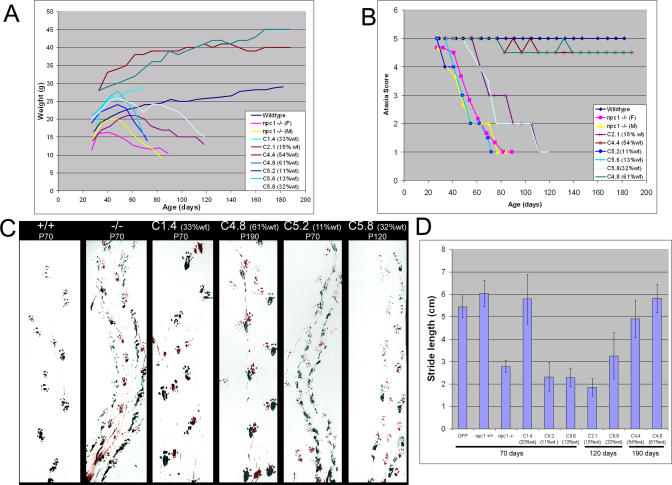Figure 5. Organismal Phenotypes in Chimeric Mice.
(A) Chimeric mice with more than 50% wild-type contribution do not exhibit wasting. Weekly weights for each of the mice were recorded from 4 wk until the mice were sacrificed. For wild-type and npc1−/− homozygous mice, the curve shown is the mean weight from three to four mice. A progressive decrease in weight of npc1 mice begins to show around 7 wk. The chimeric mice display a delay in, or even absence of, wasting depending on the amount of wild-type contribution.
(B) Prevention of ataxia in chimeric mice. Mice were assessed for ataxia weekly during two 3-min trials on a balance beam (see Materials and Methods).
(C) Gait of chimeric mice. Front and back paws of mice were dipped in red or green paint, and mice walked across a box lined with paper. The npc1 −/− mouse displays shorter stride length and a smearing of the footprints as the paws are not as well lifted between steps. Chimeric mice with high amounts of wild-type contribution (C4.8; C4.4 not shown) exhibited a gait indistinguishable from wild-type.
(D) Quantification of stride length. For wild-type and mutant controls, three mice were assessed. For chimeric mice, gait was measured prior to sacrifice at the ages noted. Error bars indicate the standard deviation. Comparison with the GFP mice demonstrates that npc1+/+, C1.4, C4.4, and C4.8 do not have significantly different stride lengths (p > 0.05) while npc1−/−, C5.2, C5.6, C2.1, and C5.8 have significantly shorter stride lengths (p < 0.001)

